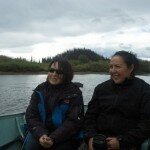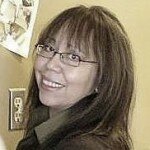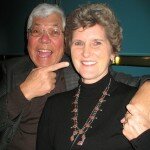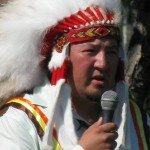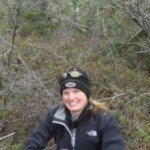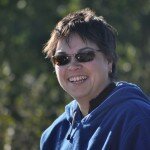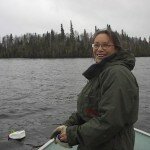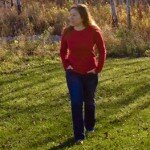
Trina Flett – Ochiwasahow- Our Responsibility
You have a choice. And a responsibility. Trina Flett would like you to think about that. Her home community sits on the shores of Lake Winnipeg surrounded by one of the largest tracts of boreal forest in Canada. The Ochiwasahow, Cree for Fisher Bay, Park Reserve provides interim protection from industrial developments, protecting the area’s thriving biological diversity, long sandy beaches, old growth forests and the waters of the lake. As the planet’s biggest land-based storehouse of carbon, the boreal forest provides a "filter" for clean air and fresh water. It also plays an important role in regulating global climate. The boreal forest is an essential part of the earth's life support system. It is also home to the Fisher River Cree Nation. The community depends on the boreal forest and the lake for traditional activities and ...


